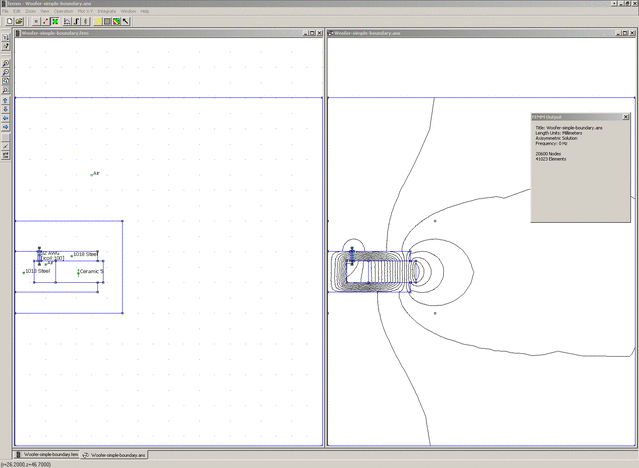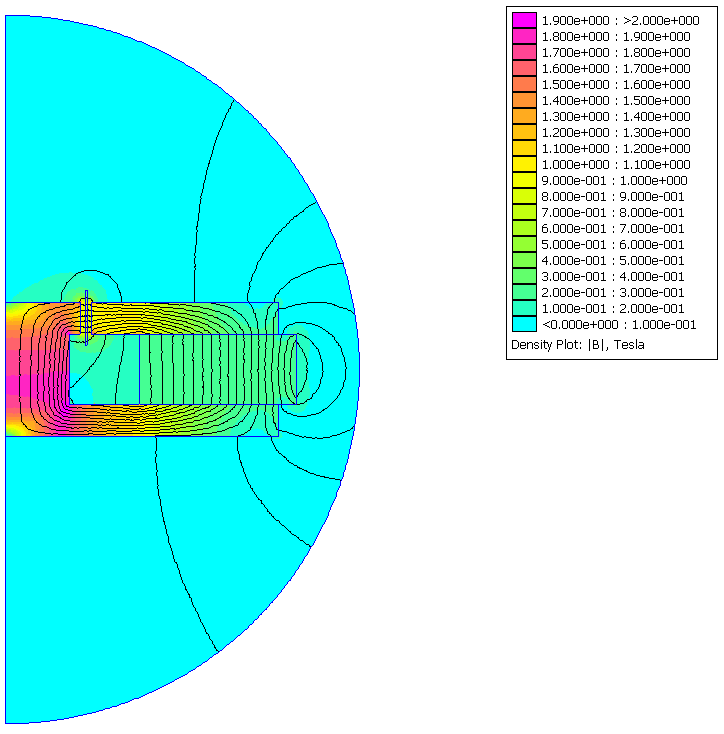Originally posted by DrStrangelove
View Post
When I was in High School I asked for the key to the almost unused Physics Lab, also the Chemistry one, chock full opf oooolllldddd brass, glass and polished wood scientific Lab instruments, which I was allowed to play with, nobody cared or controlled me.
I made real hairy experiments on both and it opened my eyes immensely.
In a way, and related to what we were talking about just a couple days ago, equivalent to actually milking a cow and then making homemade yoghurt or killing/cleaning/cooking a chicken vs. buying plastic pots or a ready-for-microwave breast at local Supermarket.
PS: just found the book, thanks, currently downloading it.
It starts with glass blowing into lots of useful shapes ...... dreams of homemade tubes spring to mind




Comment